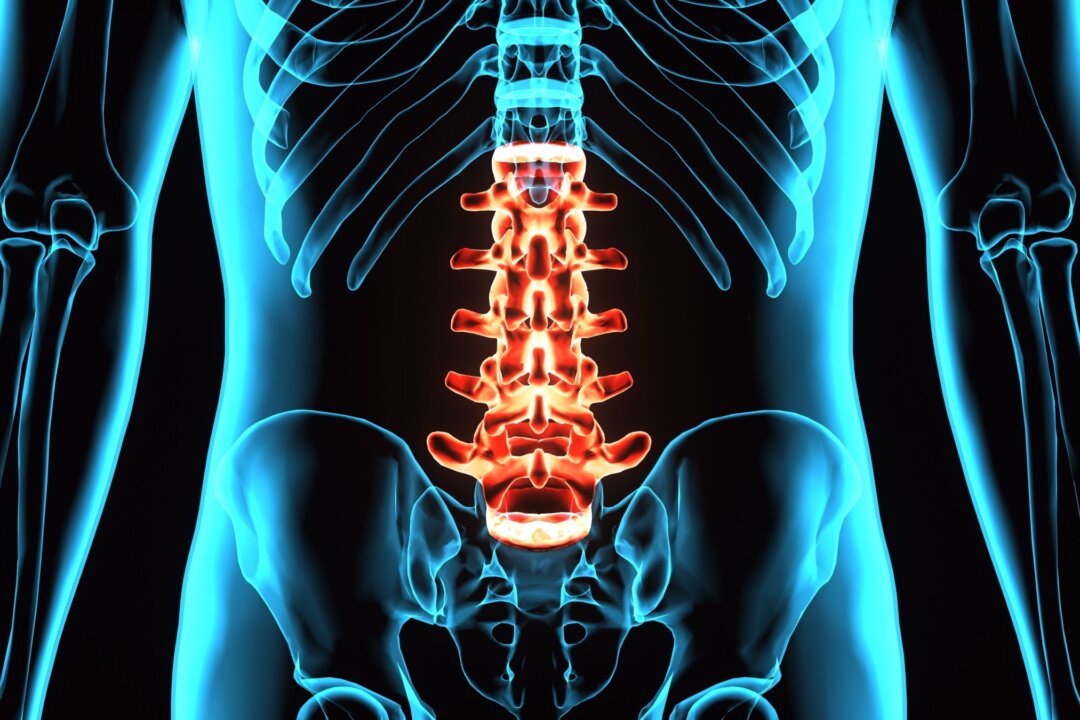Traditionally, tramadol has been the main prescription for managing this pain, seen as a milder alternative to stronger opioids. However, concerns have grown about tramadol’s long-term effects and the risk of dependency. This finding challenges traditional pain management strategies and highlights the potential effectiveness of CSM in providing relief without the risks linked to long-term pain medication use.
Over one year, patients who received chiropractic care were 68 percent less likely to be prescribed tramadol than those who received standard medical care. This difference in prescription rates appeared early and continued throughout the year. Additionally, the study highlighted that the use of non-steroidal anti-inflammatory drugs, physical therapy, and lumbar imaging were similar between the two groups, further suggesting that the reduced tramadol use was specifically associated with chiropractic care.

These results suggest that the initial treatment choice can have long-lasting effects on patients’ health. Choosing chiropractic care may provide immediate pain relief and reduce the need for pain medication, helping patients avoid the risks and side effects of opioid use. Chiropractic manipulation involves adjusting the spine to influence the central nervous system and reduce pain.
According to chiropractic theory, these adjustments correct spinal alignment and relieve pressure on the nervous system, promoting the body’s natural ability to heal and reduce pain. Br.























